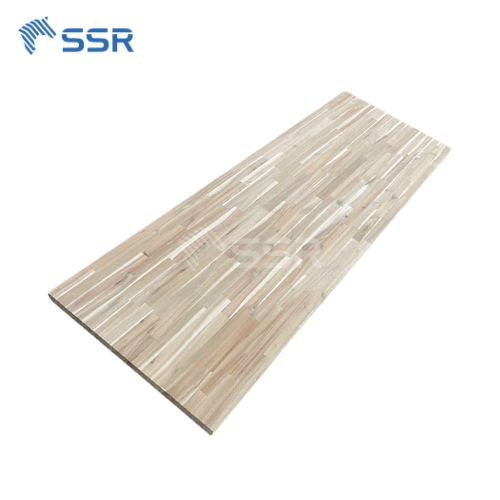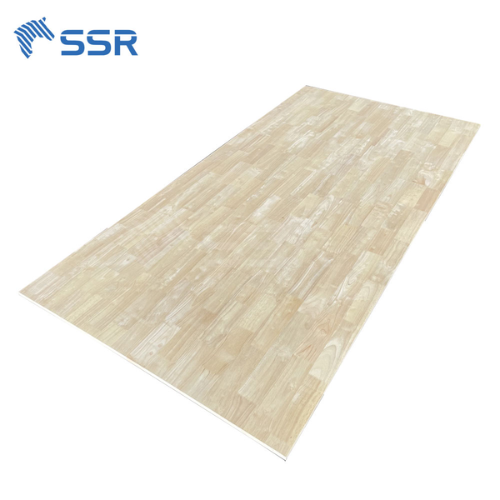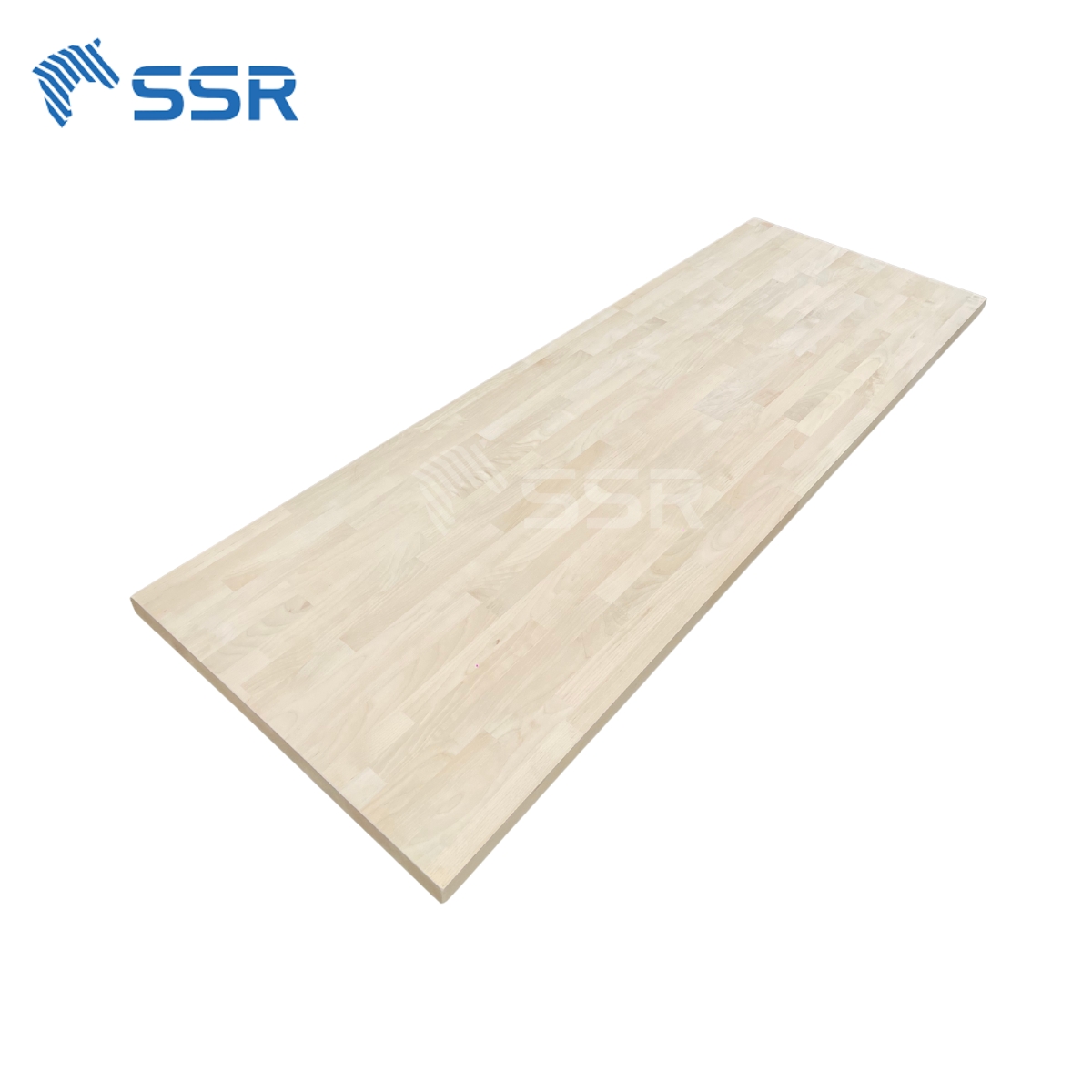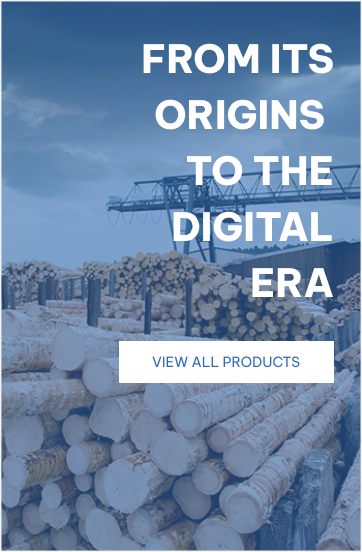NEWS
Introduction to Wood Exporting
Wood exporting is a crucial component of the global supply chain, providing raw materials and processed wood products to industries such as construction, furniture manufacturing, and interior design. In 2022, the global export value of wood products reached approximately $188 billion, highlighting the industry’s significance in international trade.
What is a Wood Exporter?
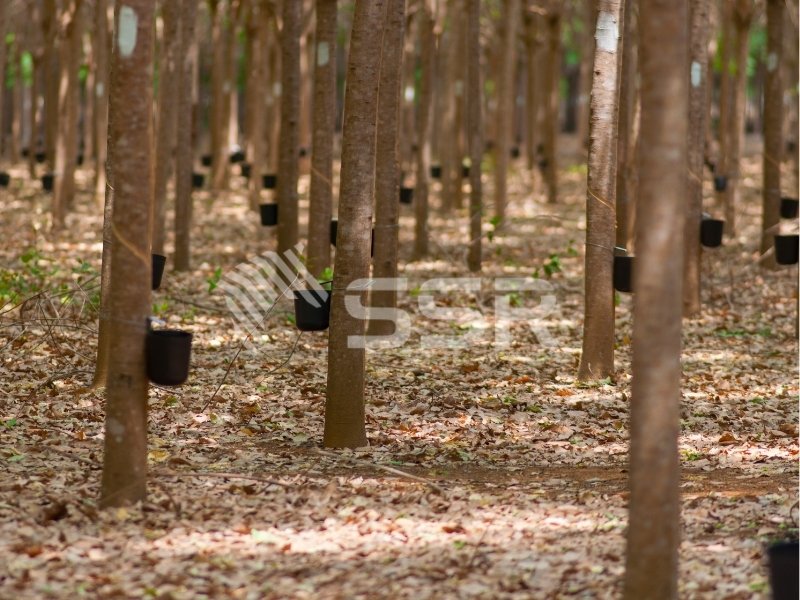
What is a wood exporter
A wood exporter is a company or entity responsible for sourcing, processing, and shipping wood products to international markets. These exporters play a vital role in the global supply chain by ensuring a consistent supply of raw and processed wood materials while adhering to sustainability standards and trade regulations. According to the Food and Agriculture Organization (FAO), global trade in forest products reached approximately $244 billion in 2022, reflecting the increasing demand for wood across various industries.
Wood exporters cater to multiple sectors, including:
- Construction: Supplying lumber, plywood, and engineered wood for building projects. The European Confederation of Woodworking Industries (CEI-Bois) reports that wood is a key material in sustainable construction due to its carbon sequestration properties.
- Furniture Manufacturing: Providing high-quality hardwood and softwood for durable furniture production. The International Tropical Timber Organization (ITTO) states that global furniture exports using tropical wood exceeded $17 billion in 2021, highlighting its significance in global trade.
- Interior Design: Offering premium wood solutions for flooring, wall panels, and decorative elements. The American Hardwood Export Council (AHEC) notes that demand for aesthetically pleasing and eco-friendly hardwoods like oak and walnut has surged in recent years.
By ensuring compliance with international regulations such as the EU Timber Regulation (EUTR) and the Lacey Act (USA), reputable wood exporters contribute to responsible forestry while meeting the growing global demand for wood products.
Types of Exported Wood
Wood exporters supply different wood products based on market demand. The most common categories include:
Hardwood vs. Softwood
| Hardwood | Softwood | |
| Trees | Angiosperms, like oak, walnut, and maple | Gymnosperms, like pine, spruce, and cedar |
| Leaves | Shed annually | Evergreen, do not shed leaves |
| Growth rate | Slower | Faster |
| Grain | Tightly spaced rings | More defined rings with wider spacing |
| Uses | Kitchen cabinets, bathroom furniture, flooring, construction, boatbuilding | Interior moldings, windows, construction framing, plywood, fiberboard |
Processed Wood Products
- Sawn Timber: Logs cut into planks or boards for construction and manufacturing.
- Plywood: Engineered sheets made from layered wood veneers, known for strength and versatility.
- Finger Joint Board: Created by joining small wood pieces, providing stability and efficiency.
- Engineered Wood: Includes MDF, particle board, and laminated veneer lumber (LVL), used in industrial applications.
Key Factors in Choosing a Reliable Wood Exporter
Selecting the right wood exporter requires careful evaluation to ensure quality, sustainability, and efficiency.
Certifications and Legal Compliance
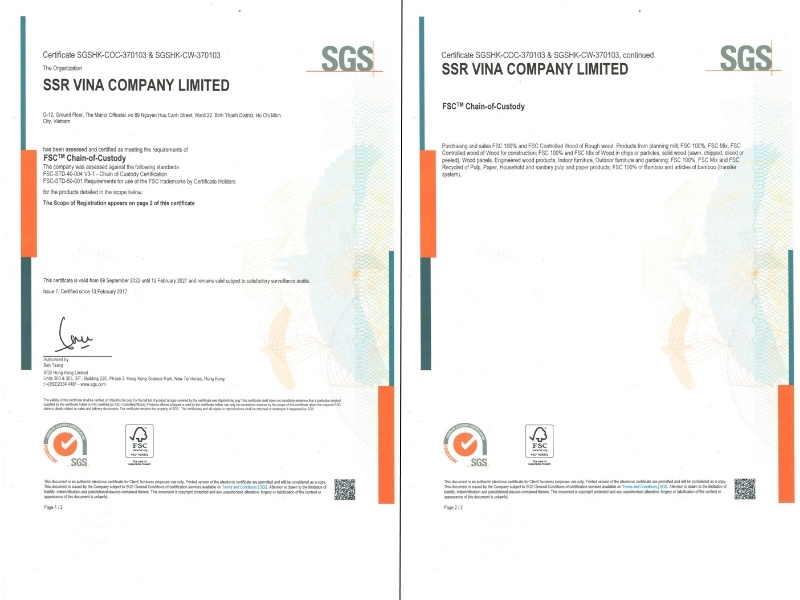
FSC certification
- Look for FSC (Forest Stewardship Council) or PEFC (Programme for the Endorsement of Forest Certification) certifications.
- Ensure compliance with regulations like the EU Timber Regulation (EUTR) and Lacey Act (USA).
- Countries exporting to the EU must implement a Timber Legality Assurance System (TLAS) and obtain a FLEGT certificate for legal trade.
Product Quality and Sourcing Standards
- Assess grading systems and finishing processes for wood durability.
- Request samples to verify moisture content, grain consistency, and structural integrity.
- Confirm sourcing from responsibly managed forests to minimize environmental impact.
Production Capacity and Supply Chain Efficiency
- Check if the exporter can meet large-volume orders consistently.
- Evaluate lead times and logistics to avoid delays.
- Inquire about additional services like cutting, drying, and treatment options.
Pricing and Cost Transparency
- Understand price variations based on wood species, quantity, and processing levels.
- Compare quotations from multiple suppliers to ensure competitive pricing.
- Discuss bulk order discounts and flexible payment terms.
Logistics and Delivery Services
- Assess global and regional shipping capabilities.
- Review packaging methods to prevent damage during transit.
- Check for just-in-time (JIT) delivery options to streamline inventory management.
Global Markets for Wood Exports

Global markets for wood exports
Wood exports are influenced by regional demands, regulatory frameworks, and industry-specific needs. Different markets have unique requirements that impact sourcing, processing, and certification standards. According to the Food and Agriculture Organization (FAO), global wood trade volumes reached 468 million cubic meters in 2022, with Asia, Europe, and North America being the largest consumers.
- United States: The U.S. has a high demand for hardwood and FSC-certified products, particularly for construction, furniture, and flooring industries. According to the American Hardwood Export Council (AHEC), U.S. hardwood exports were valued at $2.5 billion in 2021, with China, Canada, and Vietnam being key markets.
- Europe: The European Union enforces strict sustainability standards under the EU Timber Regulation (EUTR), which requires proof of legal sourcing to prevent deforestation. The European Confederation of Woodworking Industries (CEI-Bois) states that over 80% of wood used in the EU comes from sustainably managed forests.
- China: As one of the world’s largest importers of raw and processed wood, China imported over $16 billion worth of timber in 2022, according to the International Tropical Timber Organization (ITTO). The demand is driven by furniture manufacturing, construction, and paper production industries.
- Middle East: The region has seen increasing demand for wood in interior design and construction projects, particularly in countries like the UAE and Saudi Arabia. Reports from Dubai WoodShow indicate that the Gulf region’s wood imports surpassed $2 billion in 2021, with rising interest in engineered wood and sustainable materials.
Sustainability and Certification in the Wood Export Industry
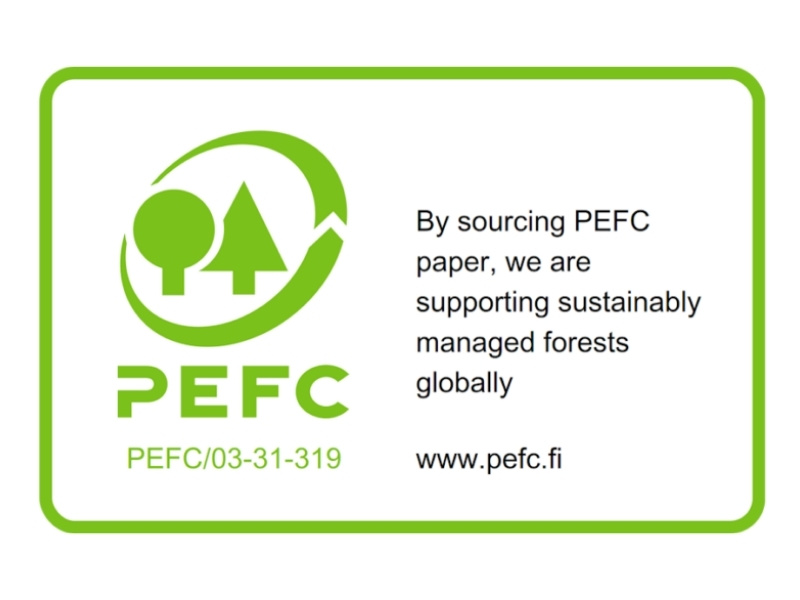
Certification in the wood export industry
Sustainable forestry is essential to the wood export sector:
- Global Forest Certification Coverage: According to the Forest Stewardship Council (FSC), there are over 160 million hectares of FSC-certified forests worldwide, ensuring legal and responsible harvesting practices (FSC, 2023).
- Programme for the Endorsement of Forest Certification (PEFC): The PEFC reports that it has certified approximately 320 million hectares of forests, making it the largest certification system promoting sustainable forestry (PEFC, 2023).
- Market Demand for Certified Wood: A report from the World Bank highlights that over 70% of timber consumers in Europe and North America prefer certified wood due to growing environmental concerns and regulatory requirements (World Bank, 2022).
- Legislative Compliance: Certifications help exporters comply with international regulations such as the EU Timber Regulation (EUTR) and the U.S. Lacey Act, which prohibit illegally sourced wood from entering these markets (European Commission, 2023).
Challenges in the Wood Export Industry
Despite its growth, the wood export industry faces several challenges:
- Deforestation: About 10 million hectares of forests are lost annually.
- Market fluctuations: Demand shifts due to trade policies and economic conditions.
- Regulatory hurdles: Compliance with strict environmental laws can increase costs and limit market access.
- Competition: Alternative materials, such as composites and metals, compete with traditional wood products.
Benefits of Partnering with an Experienced Wood Exporter
Choosing an established wood exporter provides businesses with multiple advantages:
- Stable Supply Chain: Ensures a steady flow of materials.
- Regulatory Compliance: Adheres to international quality and sustainability standards.
- Cost-Effective Solutions: Bulk pricing and logistical support reduce overall expenses.
- Customization & Technical Support: Expertise in selecting the right wood for specific applications.
SSR VINA – A Trusted Global Wood Products Supplier
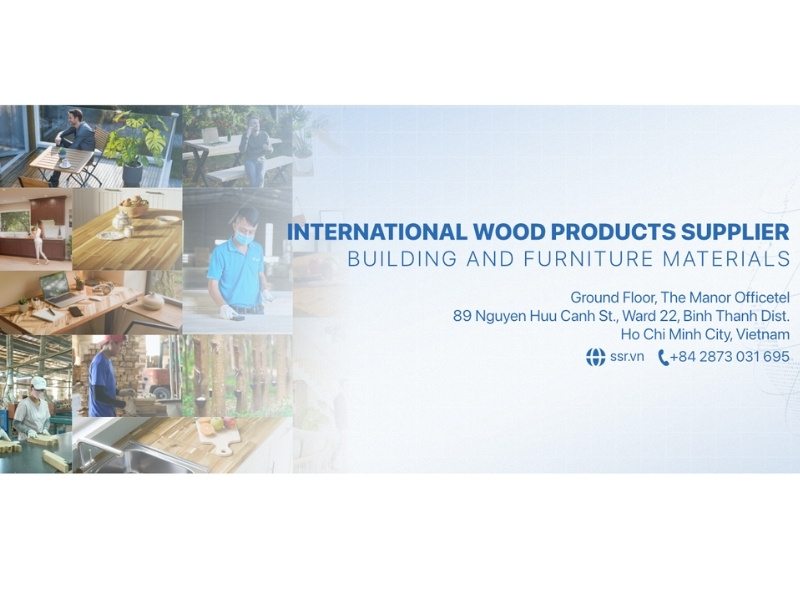
SSR VINA international wood products supplier
As the global demand for high-quality and sustainable wood products continues to rise, SSR VINA stands out as a premier international wood exporter. With a strong commitment to sustainability, quality assurance, and compliance with international trade regulations, SSR VINA ensures a reliable supply chain for businesses across various industries, including construction, furniture manufacturing, and interior design.
With a rigorous quality control process, advanced production capabilities, and efficient logistics management, SSR VINA ensures timely deliveries, cost-effective solutions, and customer satisfaction. By partnering with SSR VINA, businesses gain access to a stable supply chain, premium wood products, and expert technical support, making it a trusted name in the international wood export industry.
FAQs
What certifications should a reliable wood exporter have?
FSC, PEFC, or equivalent certifications ensure legal and sustainable sourcing.
How long does international wood shipping take?
Shipping times vary based on destination, customs clearance, and transportation methods, typically ranging from 2-8 weeks.
How is exported wood priced?
Pricing depends on wood species, processing level, order volume, and shipping costs.
What are the most in-demand wood types for export?
Hardwoods (e.g., oak, walnut) and softwoods (e.g., pine, spruce) are widely sought after in global markets.
By following these guidelines, businesses can efficiently source high-quality wood from reputable exporters, ensuring smooth transactions and sustainable practices.
Featured Products
Acacia Wood Butcher Block Countertops Supplier
Specifications:
- Species: Acacia
- Moisture: < 12%
- Wood Stave (Length): 150-400 mm
- Wood Stave (Width): 30-80 mm
- Length & Width tolerance: 0/+3 mm
- Thickness tolerance: +/- 0.2 mm
- Glue: D4
- Quality: AB, BC or customized
- Surface finish: Sanding 180-240 grit, 2 faces
Rubberwood Finger Joint Board Supplier
- Species: Rubberwood
- Moisture: <12 %
- Wood Stave (Length): 150-600 mm
- Wood Stave (Width): 35-80 mm
- Length & Width tolerance: 0/+3 mm
- Thickness tolerance: +/- 0.2 mm
- Glue: D4
- Quality: AA, AC or customized
- Surface Finish: sanding 240-320 grit, 2 faces
Birch Butcher Block Countertop Supplier
Specifications:
- Species: Birch
- Moisture: < 12%
- Wood Stave (Length): 150-400 mm
- Wood Stave (Width): 20-80 mm
- Length & Width tolerance: 0/+3 mm
- Thickness tolerance: +/- 0.2 mm
- Glue: D4
- Quality: AB, AC or customized
- Surface finish: Sanding 180-240 grit, 2 faces.
Featured News
Related News
SSR Wood in Tay Ninh: Groundbreaking a New Production Hub
SSR held the groundbreaking ceremony for its new wood processing facility in Tay Ninh on November 28. The plant is expected to produce 2,000 cubic meters per month. The project represents a significant expansion of SSR’s manufacturing capacity in Southern Vietnam and will operate as part of the Ho Chi Minh production area, one of […]

SSR VINA becomes VCCI Member: A New Milestone
SSR VINA is proud to announce its official VCCI member (Vietnam Chamber of Commerce and Industry) – the nation’s leading organization representing the business community and employers in Vietnam. This marks a significant milestone in SSR VINA’s journey to enhance the global presence of “Made-in-Vietnam” products, reaffirming our commitment to quality, innovation, and sustainable growth. […]

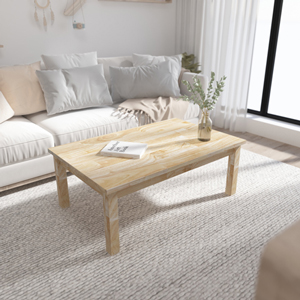
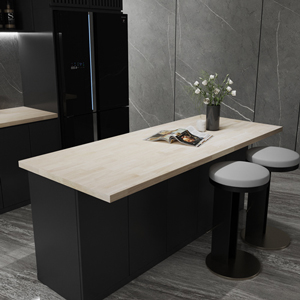
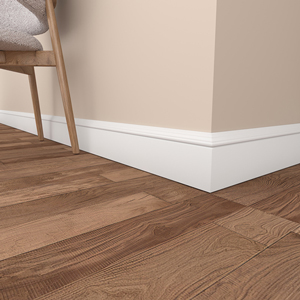
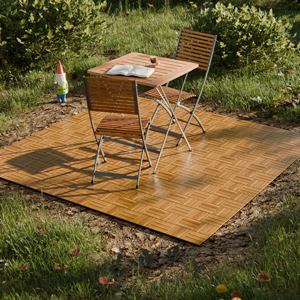
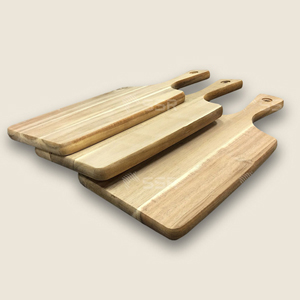
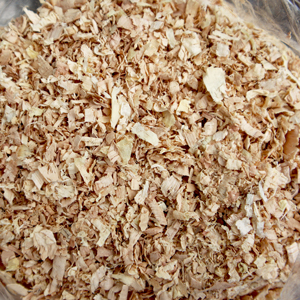

 Tháng 2 17, 2025
Tháng 2 17, 2025 | SSR
| SSR